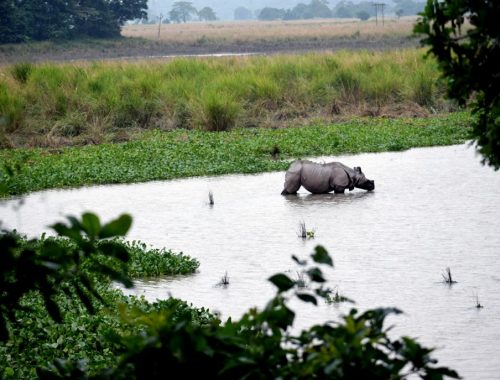A mushroom documentation project in the forests of Northeast India has revealed not only 600 varieties of fungi, but also led to a new discovery: a bioluminescent — or light emitting — variety of mushroom. The new species — named Roridomyces phyllostachydis — was first sighted on a wet August night near a stream in Meghalaya’s Mawlynnong in East Khasi Hills district and later at Krang Shuri in West Jaintia Hills district. It is now one among the 97 known species of bioluminescent fungi in the world.
How did the scientists chance upon the luminous mushrooms?
In August 2018, Assam-based conservation NGO Balipara Foundation collaborated with scientists from the Kunming Institute of Botany, Chinese Academy of Sciences on a project to assess the fungal biodiversity of four states in Northeast India: Meghalaya, Assam, Sikkim and Arunachal Pradesh. This particular mushroom was spotted on the Meghalaya leg of their expedition.
“Whenever we go mushroom documenting, we always ask locals if there are bioluminescent mushrooms around,” said team photographer Stephen Axford, who has documented fungi over the world for 15 years. “In Meghalaya, we did the same, and to our surprise, they said ‘Of course, we do’.”
The villagers then guided the team down a dark forest path, towards a stream. “We could see tiny pinpricks of light along the way,” said Axford, who set up a small outdoor studio to photograph the mushrooms in the dark, “They were striking.”
Later, on closer examination, and post sequencing the ITS gene of the mushroom, the researchers found that the mushroom belonged to the Roridomyces genus, and was altogether a new species, named after the host bamboo tree, Phyllostachys, from where it was first collected.
The research results were published in the botany journal Phytotaxa under the title “Roridomyces phyllostachydis (Agaricales, Mycenaceae), a new bioluminescent fungus from Northeast India”.



